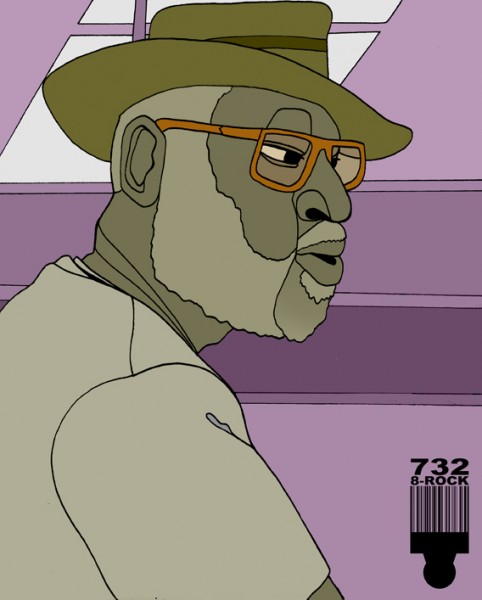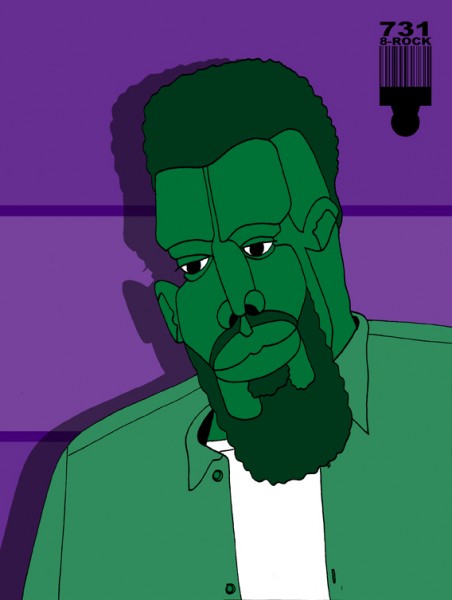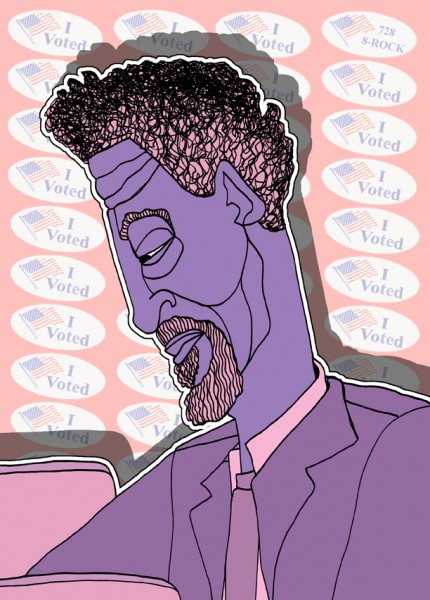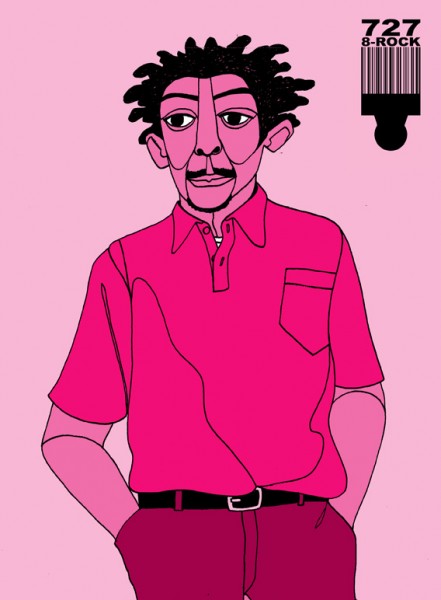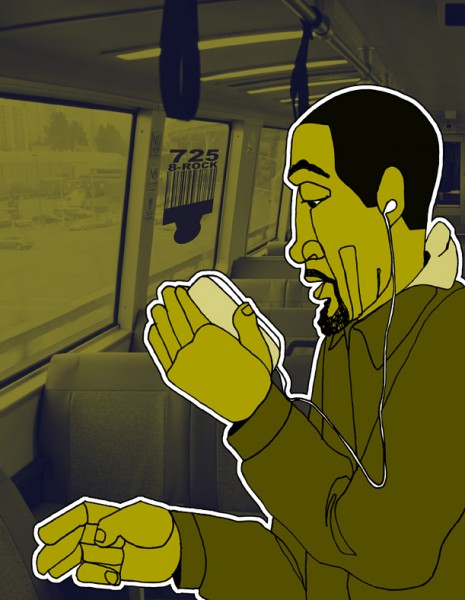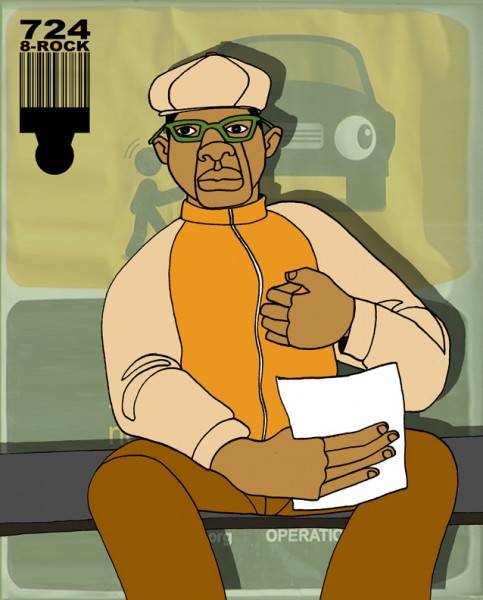
This drawing is from a couple weeks ago, before the heat wave and the subsequent cooling. It shows a man I spotted in a bus shelter on my drive to the edge of SOMA. I was in San Francisco to see the exhibit space for a show. The building I was looking for is in the South Park neighborhood, and I got to see the population shift there, firsthand.
It’s been about 10 years since I last drove through that area on a weekday, and it was a lot more lively than I remembered. It was bustling with new (or new-ish) restaurants and shops and galleries, and there were lots and lots of people on the streets. They were going back and forth between the shops and restaurants and the businesses that have come to make this neighborhood their home.
I was witnessing the very phenomenon I’d been reading about and hearing about in the local and national news. I’m not completely certain, but I think I was seeing the aftermath of the gentrification of that area.
I’ve read about and listened many reports on gentrification; but, truth be told, I haven’t spent much time in the areas where it’s gotten the strongest foothold. So, seeing it was kind of exciting, like when you’ve seen a bunch of articles on a famous-but-controversial writer, and then you run into them on the street.
Overall, the South Park neighborhood wasn’t unpleasant. The restaurant where I ate lunch was fun, and the food was pretty good. (It was a restaurant that only sells grilled cheese sandwiches.) The building facades were refurbished with attractive and quirky decor, and the people who dotted the sidewalks seemed excited to be alive and to be with each other. The area was vibrant and full of energy, and if I hadn’t driven through the neighborhood 10 years ago, I wouldn’t have had any idea that South Park had been anything but what I experienced a couple weeks ago.
I suppose that’s one of the issues with the transformation of a neighborhood. When a neighborhood changes, whatever that neighborhood becomes erases any memory of what it might have been (for all but the people who lived there or worked there before).
In the end, neighborhood change is inevitable; and very few of the communities on either side of the Bay bear much resemblance to what they were when they began. As San Francisco, Oakland, and surrounding cities debate the proper place of and responses to gentrification, I find myself wondering whether these conversations are inevitable parts of the never-ending change that takes place in our nation’s cities; or maybe the fluctuations in today’s Bay Area neighborhoods are somehow different than previous shifts.
I also find myself wondering about the role of the area’s not-so-economically-marginalized Black folks and other people of color, especially related to Oakland. What is the role and what are the responsibilities of upwardly-mobile Black people, for example, many of whom flee mixed-class communities the moment their incomes (or their equity) permits. When enough of these departures take place, the former residents leave the more financially vulnerable to face the combined forces of business and the white repatriation of the urban core.
At this point, I have no answers; but I’m starting to feel like my questions sorta kinda amount to answers in and of themselves.
Ajuan Mance
